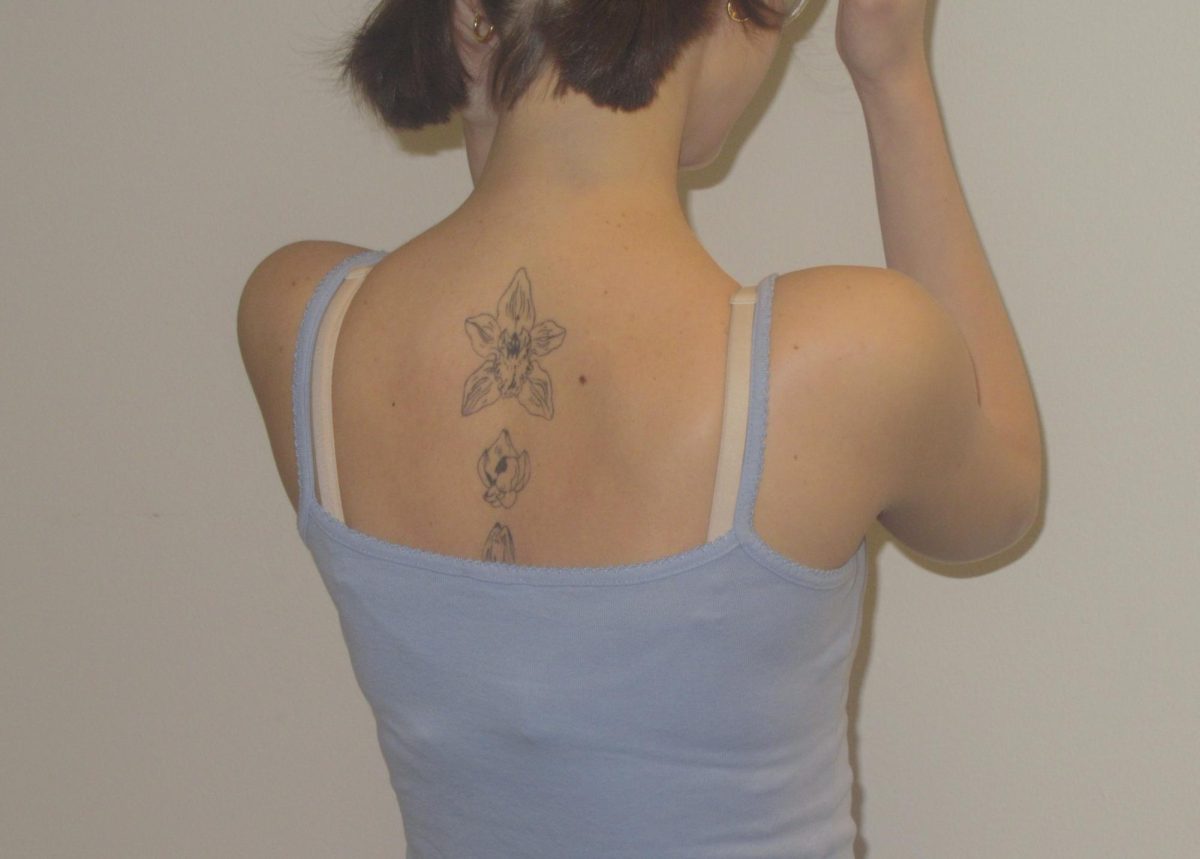The history of inconsistent, gendered sizing
There is no reason why none of the pockets on my jeans should be less than four inches deep.
Every student who wears women’s jeans knows my pain. You know the struggle of never being able to stick your phone in the front pocket of your jeans and living with the fear that it will fall out of your back pocket every time you sit down.
We all need to carry things with us, whether it’s a phone, wallet, lip balm, tissues, earbuds, pens, keychains — the list goes on. The most practical place to stash our stuff would be in the pockets of our jeans. However this is not the case if you are a woman.
This is a problem that transcends time.
In the medieval era, people carried around bags or pouches tied to their belts. As clothing evolved, hidden slits that held these satchels in the inside of men’s jackets and pants and women’s skirts and dress appeared; these new pockets kept possessions from being lost or stolen.
A few centuries later, every item of men’s clothing had real pockets sewn in, but not women’s clothing.
The close-fitting style of the eighteenth century robbed women of not only pockets but also the hidden pouches from years before. Because of the changing fashions, women had to carry purses to tote their possessions around.
In the early nineteenth century, when the views from the French Revolution challenged notions of privacy and property, purses were an outward sign that women had property. The smaller the purse, the less property women had, and the less freedom they had to to navigate markets or parties on their own.
Thus, these decorative bags, called reticules, were small and could barely carry more than a handkerchief or some change — and women still didn’t have any pockets.
Why do we still have this problem today? Why does culture force me to carry around a purse just so I can hold my phone, wallet and keys?
The answer is long, but it boils down to the fact that men’s clothes are designed for function, and women’s are for beauty.
The Pudding, a digital publication that explores culture with visual essays, examined this problem. They looked at 80 pairs of blue jeans in various styles and found women’s pockets are, on average, 48 percent shorter than men’s pockets. This is for jeans with a 32 inch waistband, meaning the same person could wear all of the jeans tested.
They tested whether various phones and other everyday objects could fit in the front pockets of men’s and women’s jeans. Among the list of objects, the average woman’s hand only fits in 10 percent of the women’s jeans, while the average male hand fits every pair of men’s jeans.
Pockets that hold a maximum of two pieces of lint and one gum wrapper are helpful to no one, and the variability in sizing only aggravates every woman shopper out there looking for a pair of practical jeans.
The front pockets of jeans need to be consistent between brands, styles, sizes and whether the pants are meant for women or men.
Brands that make goods that provide what they think customers want and not what they actually need only prevent people from feeling satisfied with their purchase. People want to buy products that provide both beauty and practicality.
The fashion industry continues to see women as displays for their designs, not people in need of their service, preventing customers from feeling content that their purchase fulfills its intended use.
Having women’s jeans and men’s jeans made with the same size pockets is one way to bridge the gap between functionality and style — and women will be thrilled to fit their phones in the front pocket of their pants.















































































